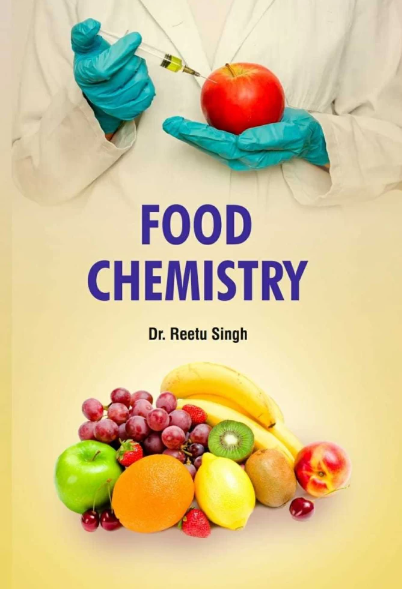用于食品样品和生物成像中Cu2+和草甘膦检测的集成比色和荧光传感器
IF 8.5
1区 农林科学
Q1 CHEMISTRY, APPLIED
引用次数: 0
摘要
由于Cu2+和草甘膦在粮食系统中的广泛使用和相关的健康风险,对其水平进行快速和可靠的监测非常重要。在此,我们开发了一种多功能荧光传感器,(E)-2-(苯并噻唑-2-基)-3-(8-(叔丁基二甲基硅基)氧)-julolidin-9-基)丙烯腈(LCY),通过直接的Knoevenagel缩合反应连续检测Cu2+和草甘膦。LCY传感器表现出异常的灵敏度,对Cu2+的检测限为148 nM,对草甘膦的检测限为53.8 nM,非常适合食品安全监测。在以1:1的化学计量与Cu2+结合时,LCY发生了从黄色到紫红色的瞬时颜色变化,并在螯合增强猝灭的驱动下发生荧光“关闭”反应。利用1H核磁共振滴定、红外光谱和计算模型系统地研究了这些相互作用。至关重要的是,LCY表现出可逆结合,能够通过涉及HPO42−的竞争性位移试验检测草甘膦。为了验证其实际的食品安全应用,LCY被集成到测试条中,用于快速,现场,肉眼检测食品样品中的Cu2+离子。此外,开发了一种智能手机辅助平台,用于对食品和环境基质中的分析物进行用户友好,低成本和准确的检测。这种双模传感方法为食品质量控制提供了一种便携式和高效的工具,有助于保护公众健康和遵守法规。本文章由计算机程序翻译,如有差异,请以英文原文为准。

Integrated colorimetric and fluorometric sensor for the detection of Cu2+ and glyphosate in food samples and bioimaging
Rapid and reliable monitoring of Cu2+ and glyphosate levels is important owing to their widespread use and associated health risks in food systems. Herein, we developed a multifunctional fluorescent sensor, (E)-2-(benzothiazol-2-yl)-3-(8-((tert-butyldimethylsilyl)oxy)-julolidin-9-yl)acrylonitrile (LCY), via a straightforward Knoevenagel condensation reaction for sequential detection of Cu2+ and glyphosate. The sensor LCY exhibited exceptional sensitivity, achieving remarkably low limits of detection of 148 nM for Cu2+ and 53.8 nM for glyphosate, levels that are well-suited for food safety monitoring. On binding Cu2+ in 1:1 stoichiometry, LCY underwent an instantaneous color change from yellow to purple-red and a fluorescence “turn-off” response driven by chelation-enhanced quenching. These interactions were systematically investigated using 1H nuclear magnetic resonance titration, infrared spectroscopy, and computational modeling. Crucially, LCY demonstrated reversible binding, enabling the detection of glyphosate through a competitive displacement assay involving HPO42−. To validate its real-world food safety applications, LCY was integrated into test strips for rapid, on-site, naked-eye detection of Cu2+ ions in food samples. Furthermore, a smartphone-assisted platform was developed for user-friendly, low-cost, and accurate detection of both analytes in food and environmental matrices. This dual-mode sensing approach offers a portable and efficient tool for food quality control, contributing to public health protection and regulatory compliance.
求助全文
通过发布文献求助,成功后即可免费获取论文全文。
去求助
来源期刊

Food Chemistry
工程技术-食品科技
CiteScore
16.30
自引率
10.20%
发文量
3130
审稿时长
122 days
期刊介绍:
Food Chemistry publishes original research papers dealing with the advancement of the chemistry and biochemistry of foods or the analytical methods/ approach used. All papers should focus on the novelty of the research carried out.
 求助内容:
求助内容: 应助结果提醒方式:
应助结果提醒方式:


